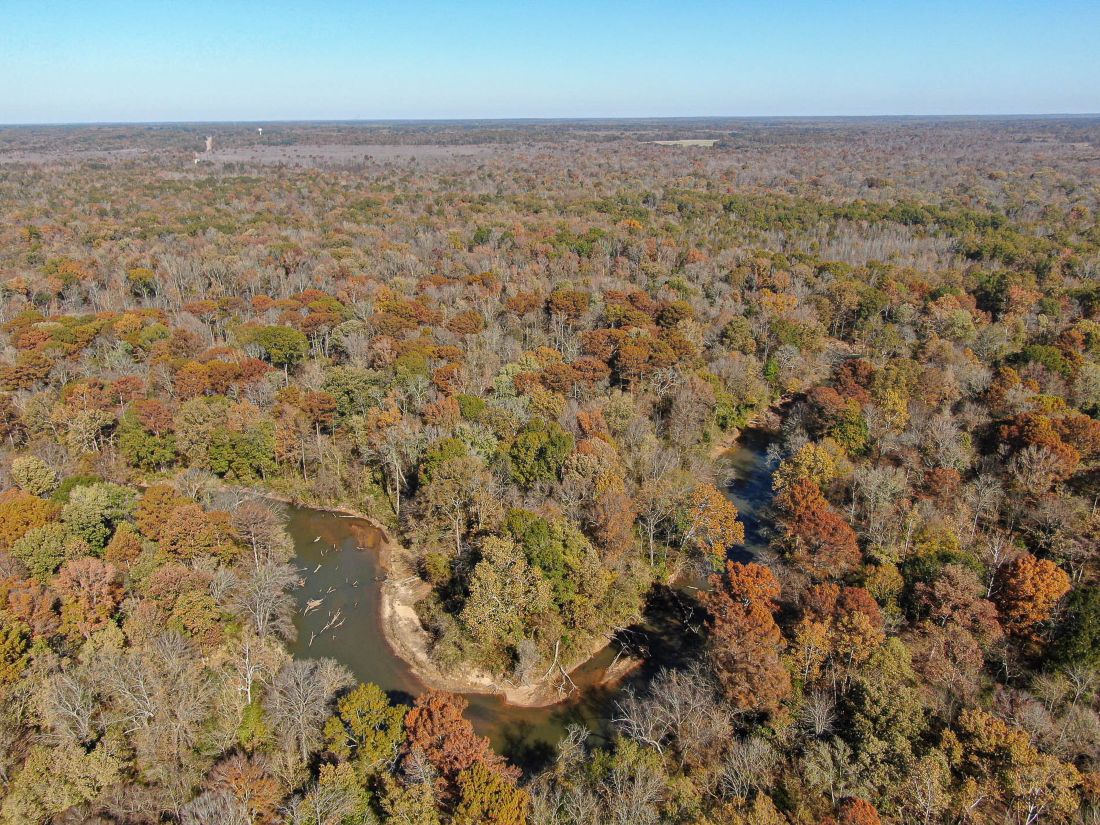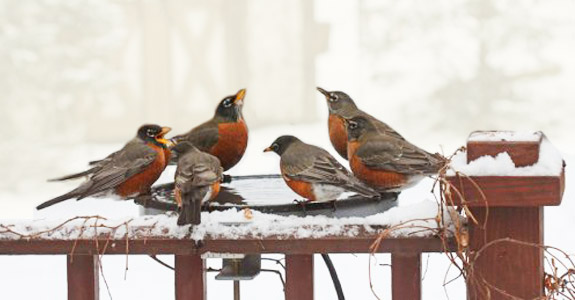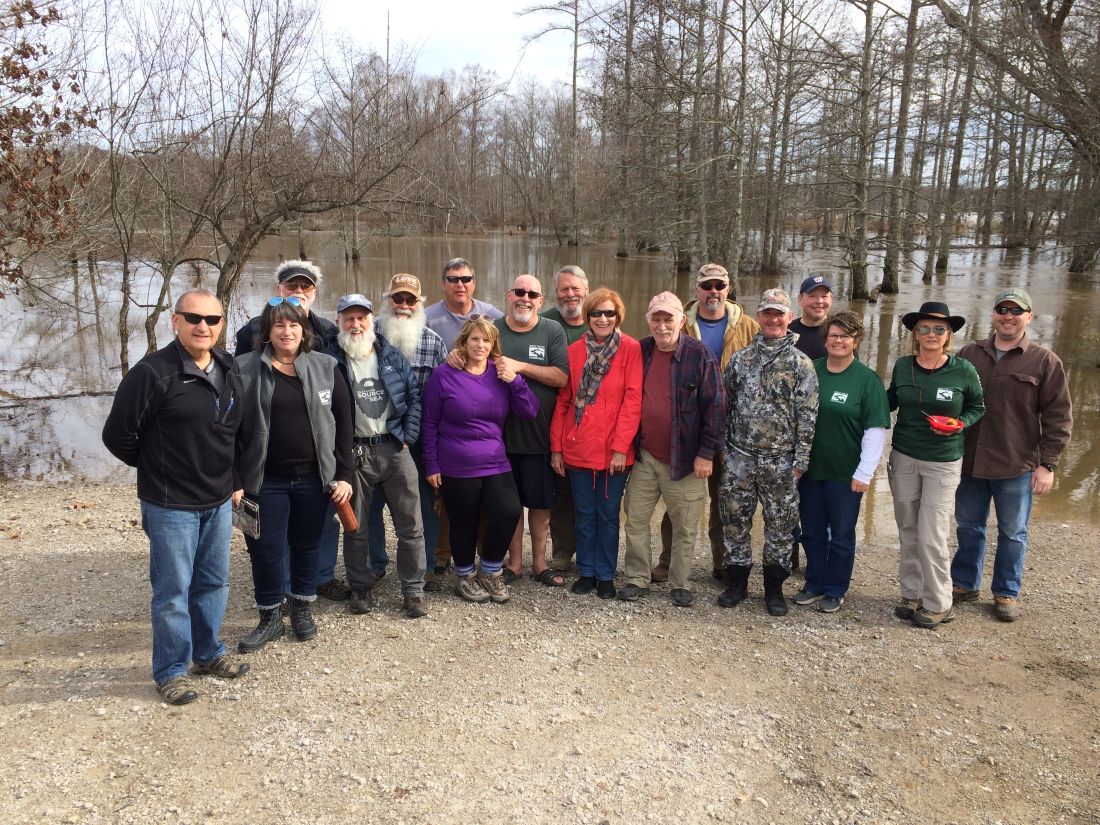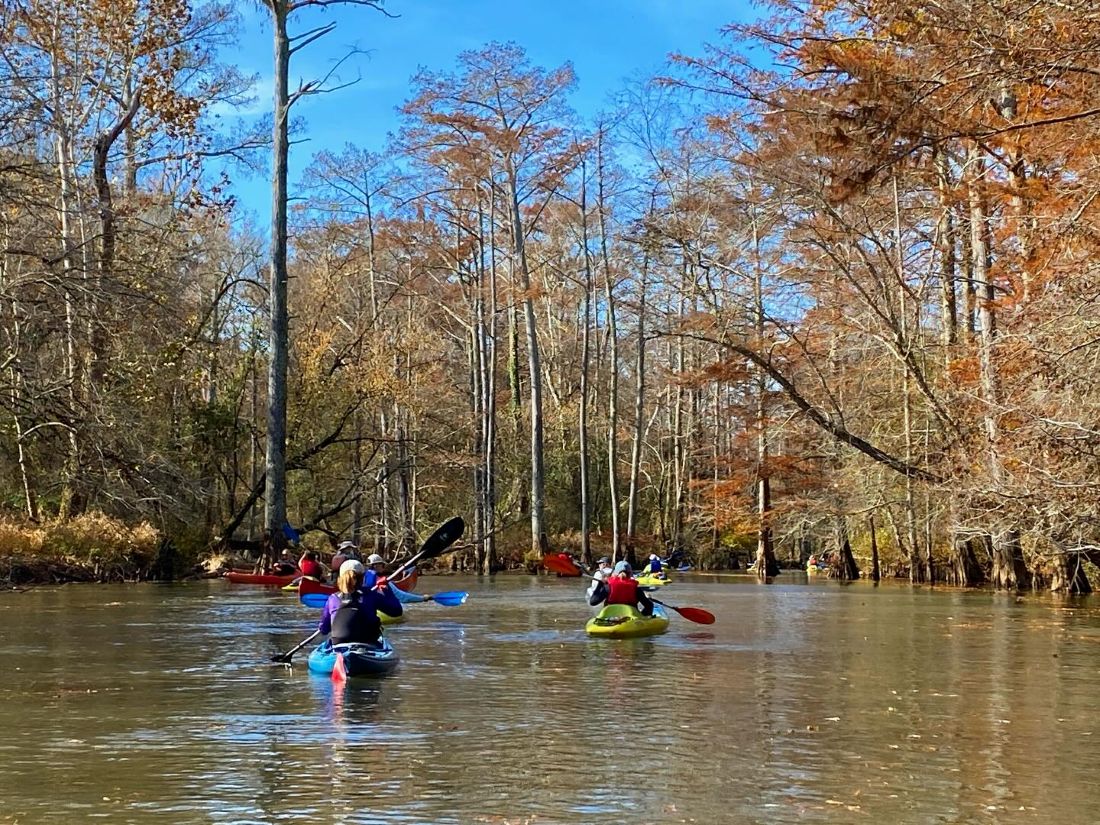Natural Highlights: Zebra Swallowtail


Instantly recognizable with its black and white zebra stripes and especially long-tailed wings, our state butterfly depends on the presence of Pawpaw trees in our forests to survive. Zebra Swallowtail females lay their eggs only on the young leaves of Pawpaw trees which are common the understory of our native forests. Pawpaws provide the caterpillars with both a food source and the mildly toxic acetogenins which render the insects unpalatable to predators.
Our local Pawpaw tree (Asimina triloba) is the northernmost member of its family, the Annonaceae, which contains mostly tropical or subtropical species. The same is apparently true of the Zebra Swallowtail. The butterfly's scientific name has recently been changed from Eurytides marcellus to Protographium marcellus, making it the northernmost species of its genus. Its cousins all occur farther south, mostly on Caribbean islands and in South America.
Look for Zebra Swallowtails along the Wolf River Greenway at Wolf River Crossing, and any other location with a variety of flowers to provide nectar for adult butterflies, and healthy bottomland forests which include Pawpaws!
To learn more about Zebra Swallowtails and Pawpaws, use the following links:
https://mdc.mo.gov/discover-nature/field-guide/zebra-swallowtail
https://www.backyardecology.net/zebra-swallowtail/
https://vnps.org/paw-paws-and-the-zebra-swallowtail-butterfly/
Instantly recognizable with its black and white zebra stripes and especially long-tailed wings, our state butterfly depends on the presence of Pawpaw trees in our forests to survive.









